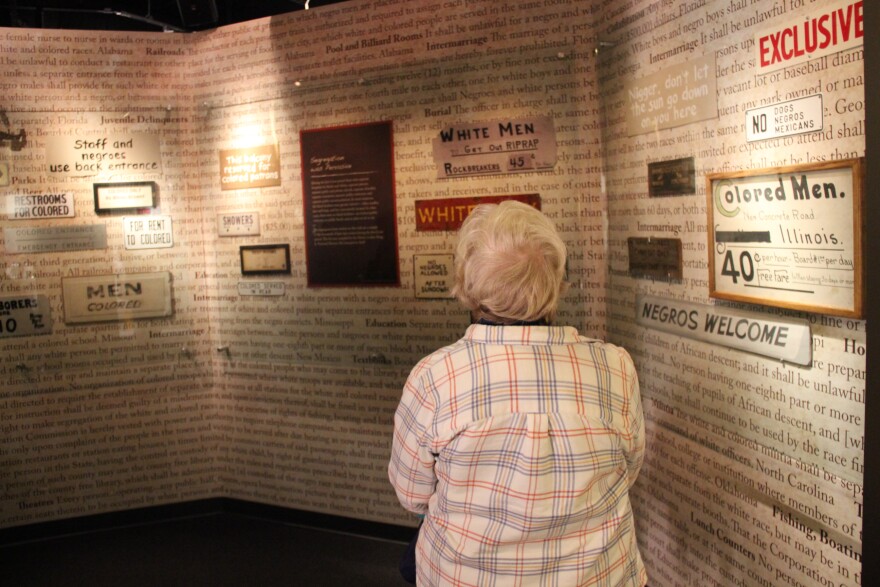The Jim Crow Museum of Racist Memorabilia is home to over 14,000 items that showcase the nation's racist past. Those items are getting a new home, thanks to a planned $18.5 million expansion.
The museum is currently housed in a campus library at Ferris State University in Big Rapids. The planned expansion would make the museum a standalone building, and would address limitations like "lack of visibility and tight configuration."
David Pilgrim is Ferris State's vice president for Diversity and Inclusion, and the museum's curator. He says even during the COVID-19, the museum's collection grew. For two years, he says, they've been receiving packages with racist artifacts.

"Most of them are common, everyday objects, and that fits our purpose well, because we want to show how everyday objects were used as propagandas to support the racial hierarchy in the country," he says.
Pilgrim says one of his biggest fears when he moved his collection to its current space in 2012 was that many people, particularly African-American elders in his community, would see the museum as a shrine to racism as opposed to a tool of anti-racism. He says that for the most part, people understand, and often react with "contemplative sadness" to see concrete examples of American racism on display.
"I believe these pieces can be used to document the past," he says. "I went to a historically Black college, Jarvis Christian College in Hawkins, Texas, and my teachers used objects as teaching tools, and that's when I figured out that I can use them as teaching tools."
He says he hopes that he can use those teaching tools in the new facility, which will have the space to not just house the rapidly growing collection, but also to host groups and teach and engage with the community in a very hands-on way.
"Right now, in our small facility, we have police officers and politicians and church groups and civic groups and civil rights groups and students and others, where we're trying to do the thing that many Americans don't want to do, and that's to have honest, intelligent dialogue... about where we were as a nation, where we are as a nation, and where we hope to go," he says. "We are heaven-bent on building a facility which is a national resource, and hope to have it completed in a couple years."

He says he finds that more and more in recent years, people want to talk about the ugliness of racism in American society, and are prepared to see the unpleasant evidence housed in the museum. While many of the pieces in the museum are historical items, relics of a bygone era, Pilgrim also collects racist memorabilia from more recent times.
"If you have a race-based incident that occurs in this country that receives any type of national attention, you will have two or three. You're going to have shooting targets with Trayvon Martin, where he's the target, or something similar with George Floyd," he says. "It's an unfortunate truth... that some of those Jim Crow-era attitudes, tastes, and values have morphed into the present. Quite frankly, over the last half decade or so, I see and hear ideas that remind me of what it was like growing up in Alabama, when George Wallace was governor."
These kinds of contemporary attitudes just emphasize the need for these racist items, Pilgrim says, to serve as reminders of the white supremacy that has shaped American society for so long. It's something that many Americans, particularly white Americans, prefer to ignore in favor of "happy history."
"Even if we were to ignore this part of our past, it would not change the fact that new racist caricatures, new stereotypes, and actual objects themselves are still being made," Pilgrim says.
Pilgrim was a guest on Stateside today.





